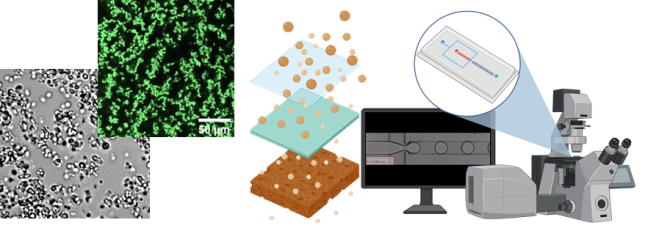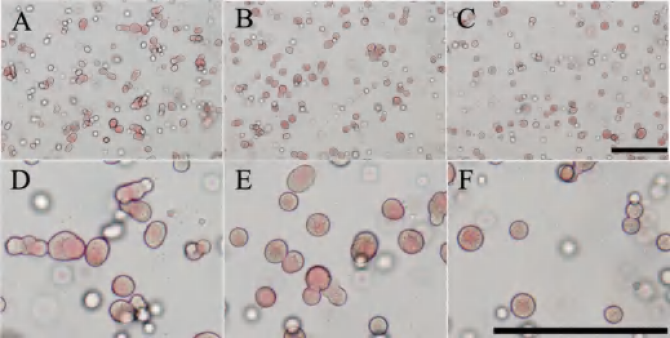News
Utilising inherent properties of biopolymer mixtures for the structural designing of complex systems

Biopolymer mixtures are readily available in nature. Utilising their intrinsic potential to undergo liquid-liquid phase separation is an energy-efficient process. The Oparin-Haldabe theory believes that the first life took shape in a coacervate system in the oceans due to their natural self-assembly properties.
Multicomponent biopolymer systems often experience associative and segregative phase separation where the system can follow either of the pathways fractionating in a polymer-dense and polymer-poor phases spontaneously. Coacervates, as coined by a Dutch chemist in 1929, are an intermediate stage between single-phase and phase-separated systems that are affected by numerous variables while holding properties of a macrophase-separated system. Electrostatic forces, bulk and net charges, and biopolymer concentration play a significant role, among others, in such a process of self-assembly.
Research questions (Thesis areas):
- Develop an understanding of how altering charge densities affect the phase separation process and evaluate the system reversibility.
- Impact of thermal energy and diffusion on the condensate systems for the formation of irreversible covalent linkages to form microcapsules or hydrogels.
- Designing an emulsifier for mickering emulsions for adhesives, colloidal gels and encapsulation.
- Studying rheology, interfacial stabilisation and wetting kinetics of biopolymer complexes.

Read more about past students, experimental details, methods and approach: Biopolymer group.
The topic is open to both - BSc and MSc students. Don't hesitate to contact me for a detailed topic discussion and thesis scope at: nirzar.doshi@wur.nl or LinkedIn.
Additional possibilities: We also work on a collaboration project with Dr Siddharth Deshpande's group (PCC) Emergent Biological Systems.